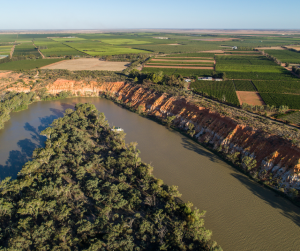 Nitrate fluxes in water systems due to fertiliser runoff can create substantial environmental and health concerns. Despite current research efforts, it is reported that for certain crops such as sugarcane, which contribute over AUD$2 billion every year to the Australian economy, up to 60 per cent of the applied nitrates from fertilisers are lost from targeted soil sites. Furthermore, significant parts of Queensland’s sugarcane farming regions have estuaries leading directly to the Great Barrier Reef, exacerbating potential environmental issues. This calls for more robust monitoring and modelling methods to optimise fertiliser use.
Nitrate fluxes in water systems due to fertiliser runoff can create substantial environmental and health concerns. Despite current research efforts, it is reported that for certain crops such as sugarcane, which contribute over AUD$2 billion every year to the Australian economy, up to 60 per cent of the applied nitrates from fertilisers are lost from targeted soil sites. Furthermore, significant parts of Queensland’s sugarcane farming regions have estuaries leading directly to the Great Barrier Reef, exacerbating potential environmental issues. This calls for more robust monitoring and modelling methods to optimise fertiliser use.
While common monitoring methods rely on low-frequency manual sampling, new-generation optical sensors provide an opportunity to collect high-frequency data which, combined with machine learning approaches, can shed light on short-term nitrate fluctuations.
Australian Rivers Institute researcher, Dr Edoardo Bertone has led the design and development of a mobile water quality monitoring station in collaboration with colleagues from the Griffith School of Engineering and Built Environment and the Griffith Centre for Coastal Management. The station is self-sufficient. Raw water is analysed by a number of optical/fluorescence sensors, including two nitrate sensors. The data is automatically uploaded online, allowing for remote monitoring and reduced visits.

After completing their first pilot study in January 2020, data analysis showed that nitrate levels can change very quickly, thus highlighting the importance of high-frequency nitrate data collection.
The full article by Dr Edoardo Bertone can be found on The Australian Rivers Institute website here.






